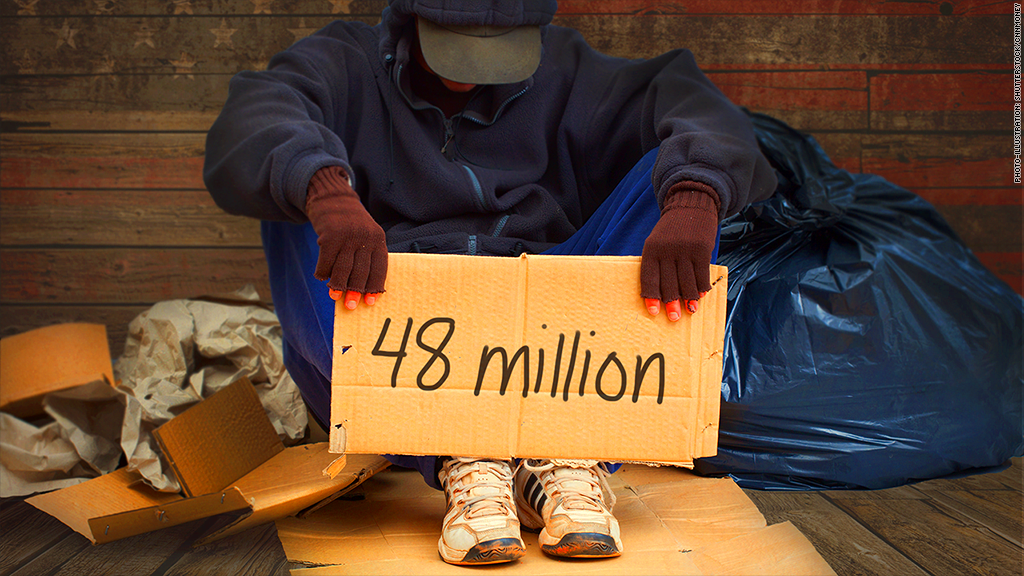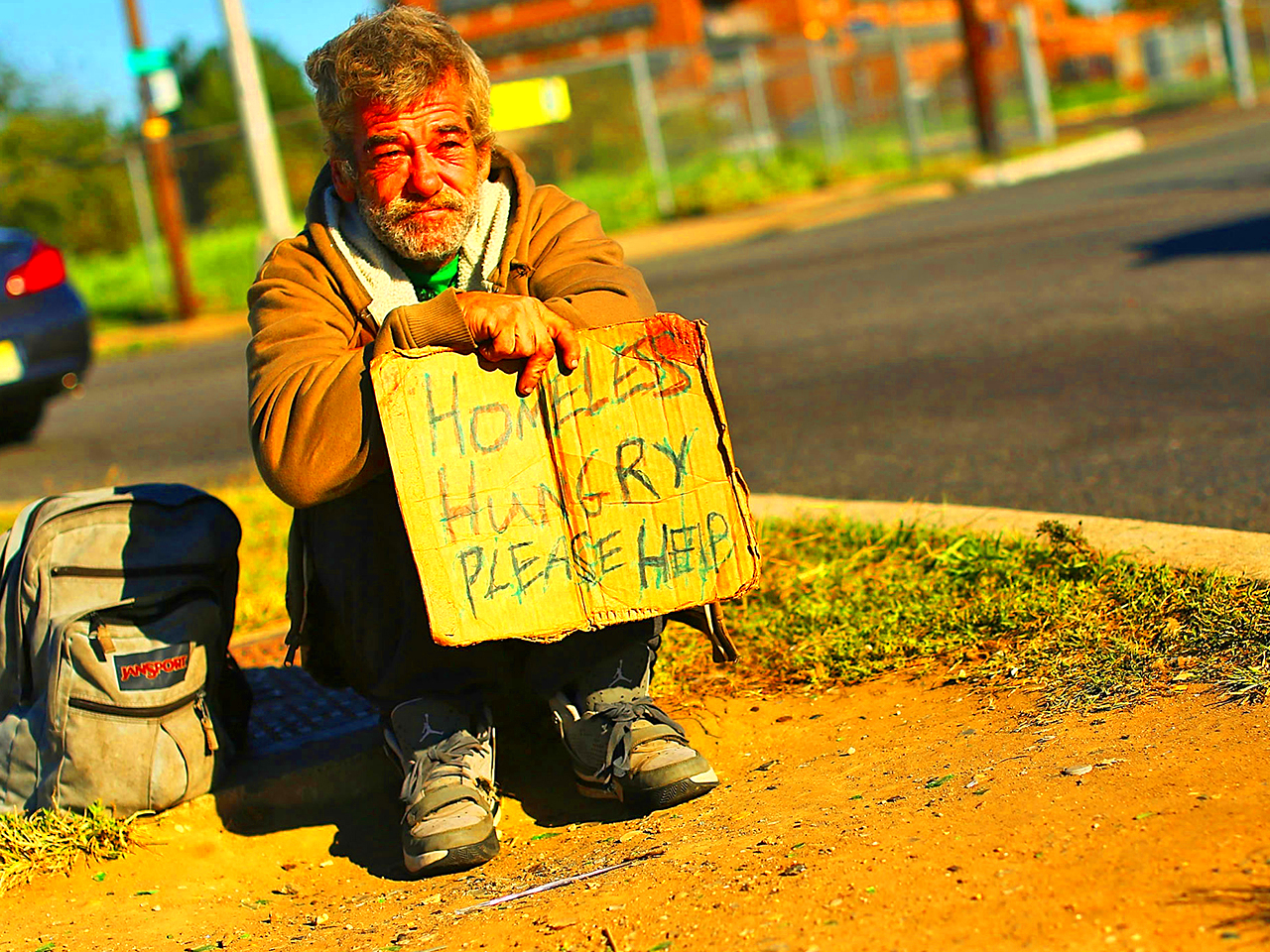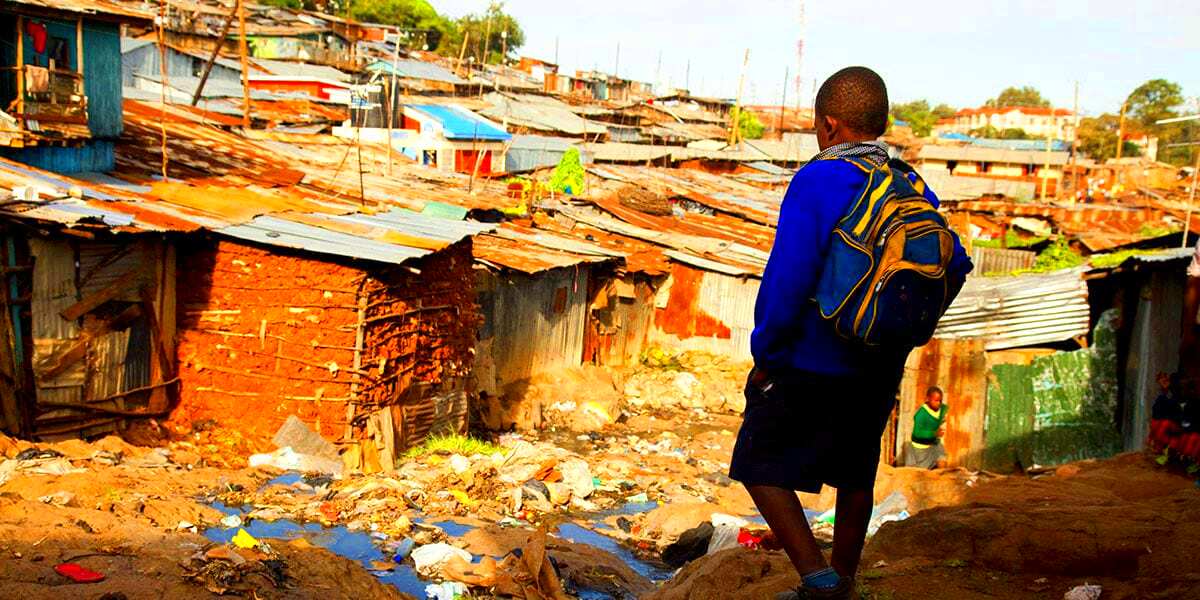Poverty is a pressing issue that affects millions of people in the United States. It's not just about lack of money; it also impacts health, education, and overall quality of life. In 2018, poverty rates highlighted stark realities for many Americans.Understanding these numbers helps us to grasp the depth of the situation. In this post, we will explore key statistics, impacts, and powerful
images that tell the story of poverty in the USA.
Understanding Poverty Statistics in 2018

In 2018, the U.S. Census Bureau reported some alarming statistics about poverty. Here are a few key figures:
- The official poverty rate was 11.8%, affecting about 38 million people.
- Child poverty was particularly concerning, with nearly 17.4% of children living below the poverty line.
- There were significant disparities based on race and ethnicity. For example:
| Group | Poverty Rate |
|---|
| White | 7.3% |
| Black | 20.8% |
| Hispanic | 17.6% |
These are figures that indicate that although certain populations can access resources and prospects, others undergo continuing difficulties. Recognizing these dynamics is important in revealing the intricacies of poverty in America.
Impact of Poverty on Families and Communities

Every aspect of a person’s life is affected by poverty. When families are poor, they encounter various difficulties:
- Health Issues: Limited access to healthcare leads to higher rates of chronic illnesses.
- Educational Barriers: Children in poverty often attend underfunded schools, affecting their education.
- Housing Instability: Many families face eviction or live in unsafe conditions.
The effect goes beyond separate households. Elevate community poverty rate quite often witness:
- Increased crime rates as people struggle for basic needs.
- Lower property values, which can affect local economies.
- Less community investment, leading to a cycle of poverty.
Not only does poverty require money to be lifted out of its depths, but it also demands that other aspects such as health care or educational systems are dealt with. That way, there will be an end to the vicious cycle of impoverished people and more robust communities that can withstand disruptions.
Eye-Opening Images that Reflect Poverty
Images can speak volumes, especially when it comes to sensitive topics like poverty. In 2018, many photographs captured the harsh realities faced by those living in poverty in the USA. These
images often showcase everyday struggles, making the issue relatable and real.In these photographs, there are several frequent themes:
- Housing Instability: Pictures of homeless individuals or families living in shelters highlight the urgent need for housing solutions.
- Food Insecurity: Images of empty refrigerators or food banks filled with families emphasize the critical issue of hunger.
- Health Challenges: Visuals of people waiting in long lines for medical assistance illustrate the healthcare barriers faced by low-income communities.
More than just tell a story, these strong visuals can make people feel something and have them become compassionate towards what they see. In this way, we can create discussions on poverty and the means to eradicate it by sharing such
images.
Role of Photography in Raising Awareness
The importance of photography as an awareness raiser for poverty cannot be overemphasized. Through pictures, we can go past numbers and get to know the other side that involves people who are affected by it. For instance, there is always some form of relation whenever one sees photos portraying single individuals with their families in trouble.Key reasons explaining why photography has impact:
- Evokes Emotions: Powerful images can evoke empathy and stir emotions, making the viewer more likely to care about the issue.
- Promotes Dialogue: Photos can serve as conversation starters, encouraging discussions around poverty and potential solutions.
- Calls to Action: Compelling images can motivate people to support initiatives, donate, or volunteer in their communities.
Sharing these
images on social media or other platforms allows photographers to give a voice to the voiceless and draw attention to the issues at hand.
How to Use Images to Advocate for Change
Utilization of pictures wisely can really blown up endorsements endeavors. Here are few things to think about:
- Share on Social Media: Platforms like Instagram and Twitter can help spread awareness quickly. Use hashtags to reach a broader audience.
- Create Educational Content: Pair images with statistics and personal stories to inform and engage your audience. This makes the issue more relatable.
- Collaborate with Nonprofits: Work with organizations that focus on poverty alleviation. They often have resources and networks that can help share your message.
- Organize Events: Host exhibitions or discussions showcasing the images. This creates a space for community engagement and dialogue.
Keep in mind that the aim is to establish action in order to stimulate transformation.
Images which invoke appropriate thoughts can inspire many to support the war against indigence and be voice for the voiceless.
FAQ About Poverty and Photography
By means of photographs, an understanding regarding poor people raises various concerns. Included in this article are some common questions that could assist in elaborating the relationship between these two significant issues:
How can photography accurately represent poverty?
- Photography captures real moments and emotions, allowing viewers to see the daily lives of those affected by poverty. A single image can convey complex narratives that statistics alone cannot express.
What ethical considerations should photographers keep in mind?
- Photographers should approach their subjects with respect and sensitivity. It’s important to avoid exploiting vulnerable communities and to ensure that the dignity of individuals is preserved in the images.
Can photography lead to real change?
- Yes, powerful images can inspire action. They can motivate viewers to engage with social issues, support charities, or advocate for policy changes that address poverty.
How can I get involved in photography that focuses on poverty?
- If you're interested, consider volunteering with local organizations or joining workshops that emphasize documentary photography. This experience can help you learn how to tell impactful stories through your lens.
What resources are available for photographers focusing on social issues?
- Many nonprofits and educational institutions offer grants, workshops, and mentorship programs for photographers. Connecting with these resources can enhance your skills and amplify your work.
Conclusion on the Importance of Awareness
Through photography, raising awareness about poverty is essential in nurturing understanding and sympathy. Barriers are often broken down and discussions leading to constructive change ignited through images.By using striking pictures and narratives, a call can be made that encourages action while also creating a common front aimed at combating poverty in our areas. The first step to compassion and, consequently, transformation is awareness.
 In 2018, the U.S. Census Bureau reported some alarming statistics about poverty. Here are a few key figures:
In 2018, the U.S. Census Bureau reported some alarming statistics about poverty. Here are a few key figures: Every aspect of a person’s life is affected by poverty. When families are poor, they encounter various difficulties:
Every aspect of a person’s life is affected by poverty. When families are poor, they encounter various difficulties:
 admin
admin








